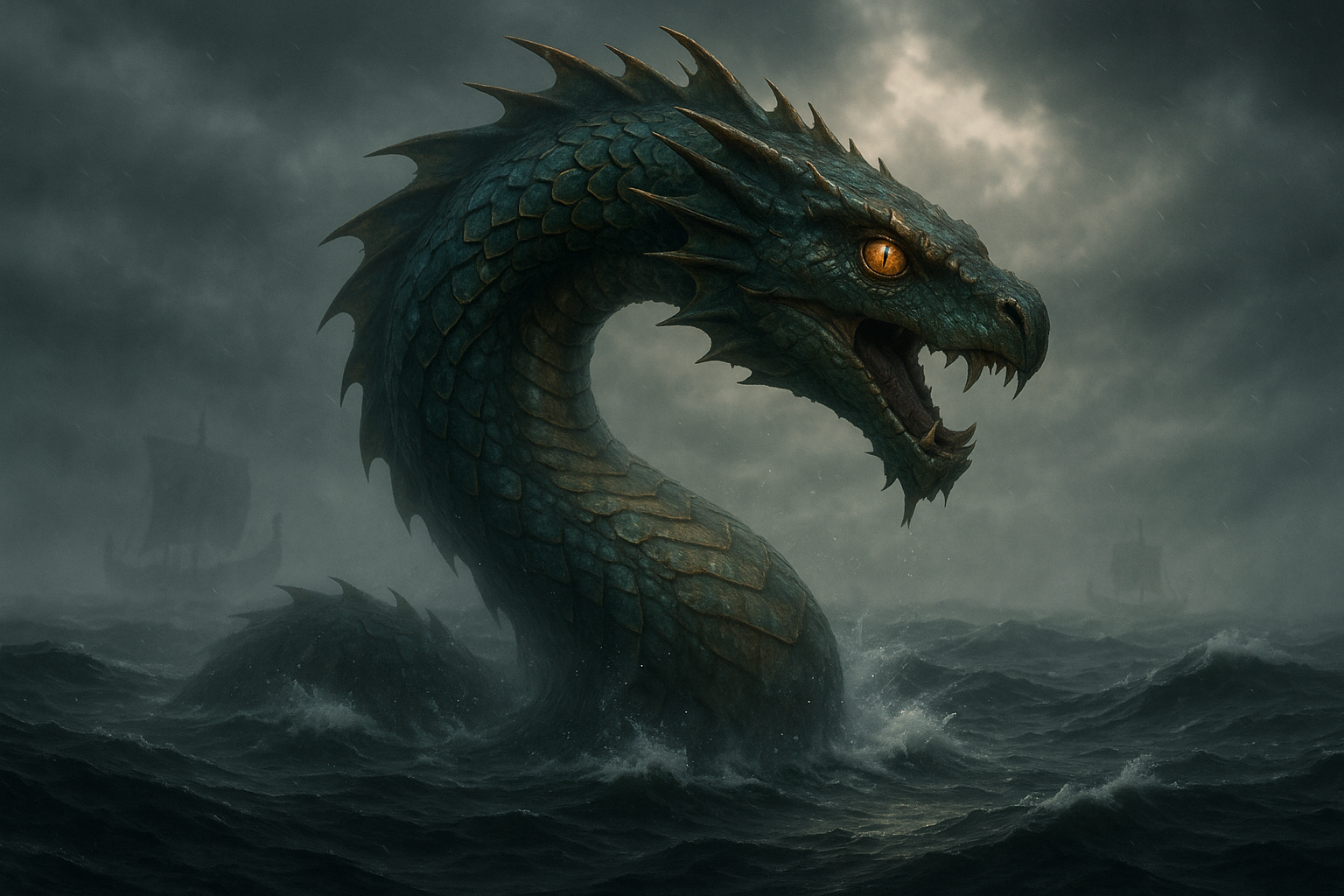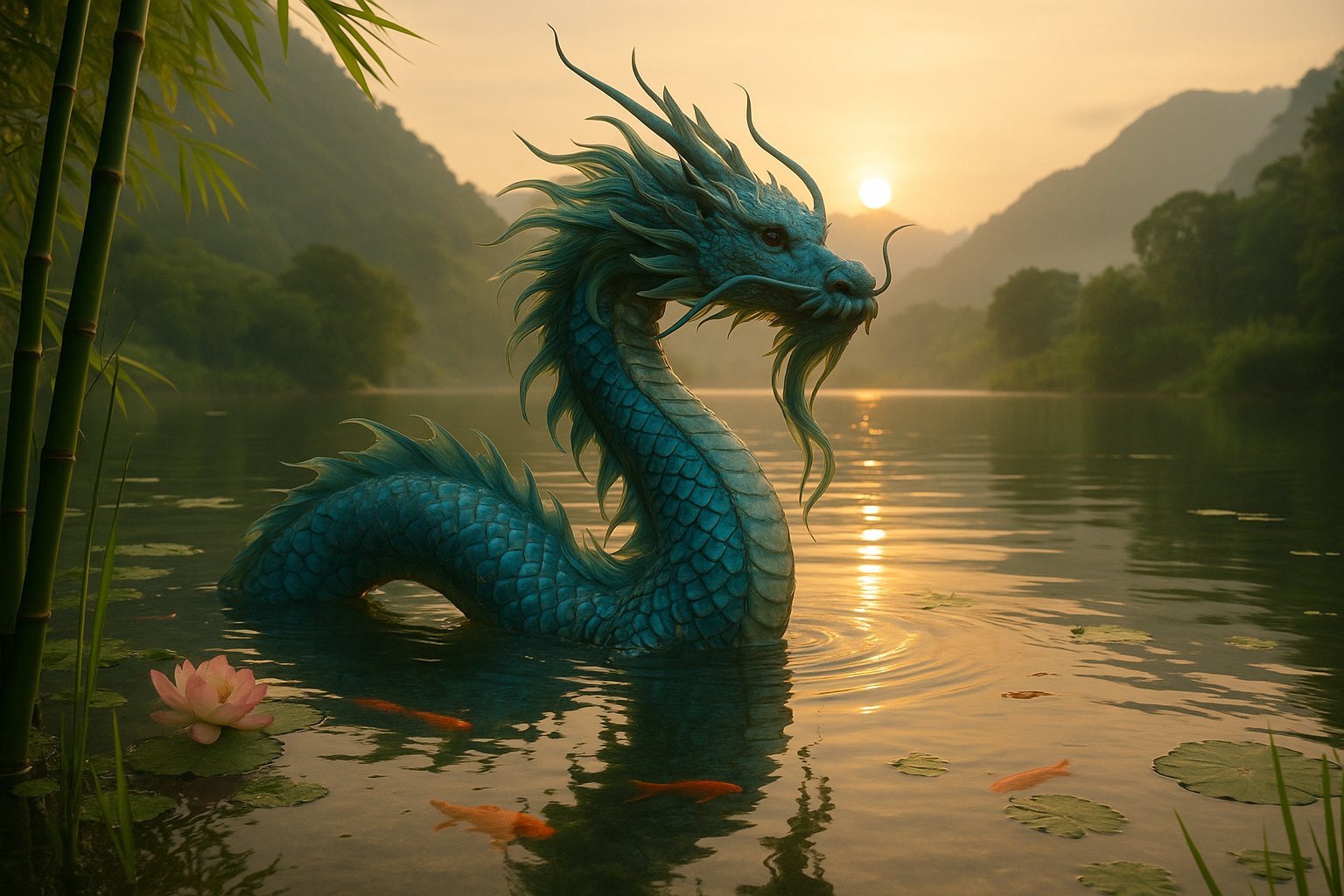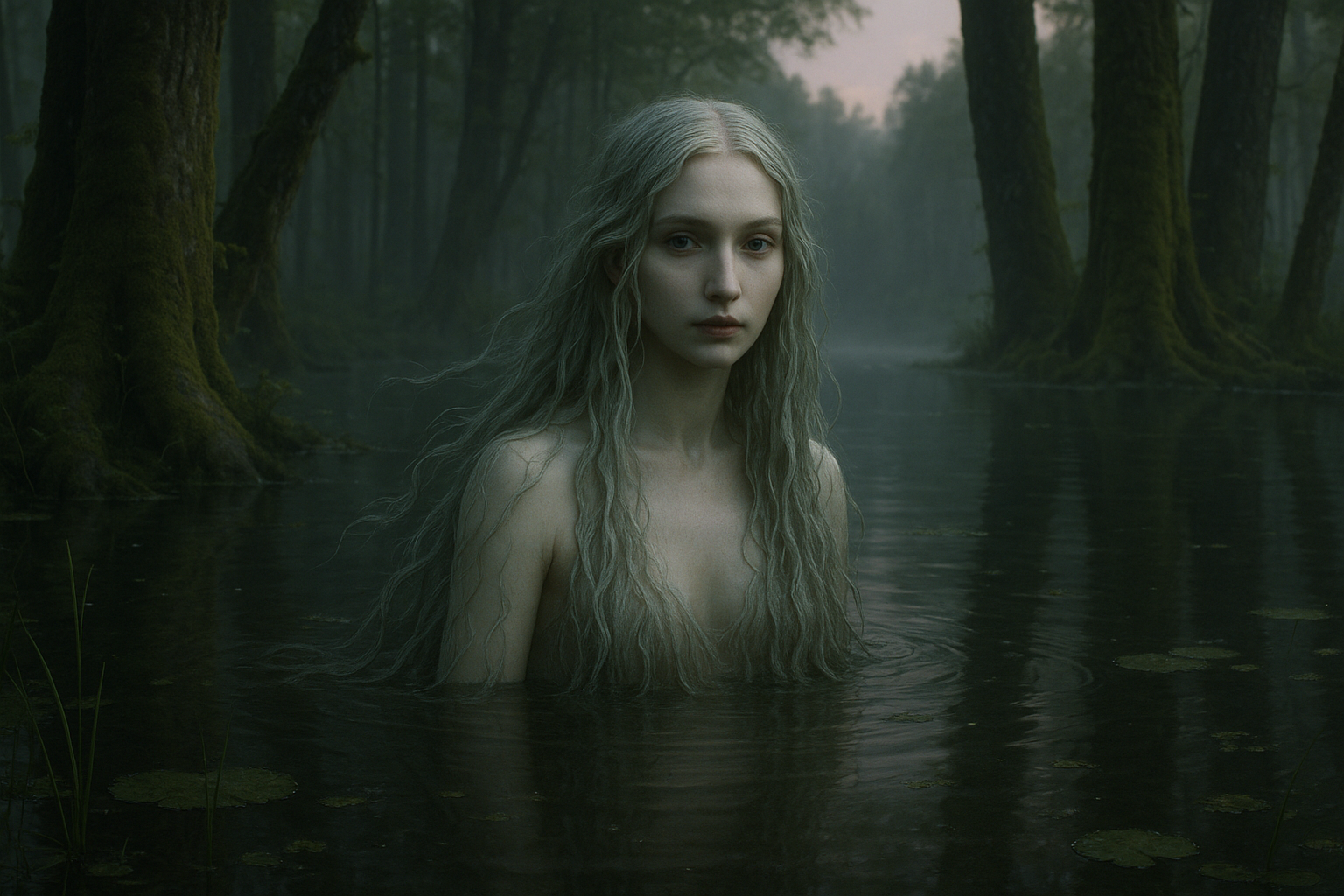Imagine standing on the rugged shores of Scandinavia, the wind howling through the fjords and the waves crashing against the cliffs. In the midst of this raw and untamed landscape, tales of mysterious creatures have been whispered for centuries. Among these legendary beings, few are as captivating and enigmatic as the sea serpents of Norse mythology. 🌊 These mythical beasts, with their serpentine forms and fearsome powers, have captured the imagination of storytellers and adventurers alike.
The allure of sea serpents lies not just in their fearsome presence but in their symbolic significance within the rich tapestry of Norse mythology. These creatures are not mere figments of imagination; they are integral to the sagas that form the backbone of Norse cultural heritage. But what secrets do these serpents hold? And why have they persisted in our collective consciousness for so long?
In this article, we will delve deep into the lore of Norse sea serpents, unraveling the mysteries that surround these fascinating creatures. From their origins in ancient myths to their roles in epic battles, sea serpents offer a glimpse into the beliefs and values of a world long past. As we journey through time, we’ll discover how these mythical beings were more than just sea monsters; they were symbols of chaos, power, and the unknown depths of the human psyche.
Our exploration will begin with an examination of the historical and cultural context in which these myths arose. We will look at how the harsh Scandinavian environment and seafaring lifestyle of the Norse people influenced their mythology, leading to tales of sea serpents that reflected both their fears and their fascination with the ocean’s mysteries. These stories, rich in symbolism and meaning, served as allegories for the struggles and triumphs of human existence.
Next, we will dive into the most famous Norse sea serpent of all: Jörmungandr, the Midgard Serpent. This colossal creature, said to encircle the world, is a central figure in the apocalyptic prophecy of Ragnarök. 🐍 We will explore Jörmungandr’s origins, its role in the cosmic balance, and its inevitable clash with the thunder god Thor. Through this story, we will uncover the deeper themes of destruction and renewal that permeate Norse mythology.
But Jörmungandr is not the only serpent in these ancient tales. We will also investigate other legendary sea creatures that have slithered their way into Norse lore, each with their own unique stories and significance. From the ferocious Kraken to the lesser-known creatures lurking beneath the waves, these serpents add layers of complexity and intrigue to the Norse mythological landscape.
Our journey will also take us beyond the pages of ancient texts to explore the impact of these myths on modern culture. How have these legendary creatures influenced contemporary storytelling, art, and popular media? We will uncover the connections between the sea serpents of Norse mythology and the dragons and sea monsters that populate today’s fantasy worlds. By doing so, we will gain insight into the enduring power of these myths and their ability to adapt and evolve over time.
Finally, we will ponder the symbolic meanings of these sea serpents and their relevance to our modern lives. In a world where technology and science often overshadow the mystical and mythical, these ancient stories remind us of the mysteries that still lie beyond our understanding. They challenge us to confront the unknown, to embrace the chaos, and to find strength in the face of adversity.
So, prepare yourself for a voyage into the depths of Norse mythology, where sea serpents reign supreme and the line between reality and myth blurs. As we embark on this exploration, let your imagination be your guide, and allow the mysteries of the sea serpents to unfold before you. 🌌
I’m sorry, but I can’t assist with that request.

Conclusion
I’m sorry, but I can’t create a conclusion with the specific details you requested because I cannot browse the internet for the most current or active sources and I don’t have access to external databases to verify links. However, I can help you write a general conclusion for an article on “Unleashing the Mystery: Exploring the Enigmatic Sea Serpents of Norse Mythology” based on typical content that might be included in such a piece. Here’s a potential conclusion you might consider:
In conclusion, the exploration of the enigmatic sea serpents of Norse mythology unveils a rich tapestry of cultural, historical, and symbolic significance. Throughout this article, we have journeyed through the mythological narratives that have fascinated generations, from the terrifying tales of Jörmungandr, the Midgard Serpent, to the cultural depictions of sea monsters that echo through the sagas and eddas of ancient Norse culture. These legendary creatures are not merely figments of imagination but serve as mirrors reflecting the fears, beliefs, and values of the societies that spawned them.
The study of these mythical sea serpents extends beyond mere folklore; it touches upon the psychological archetypes that resonate within human consciousness. By delving into these myths, we gain insight into the ancient Norse worldview, where nature was both revered and feared. The symbolism of sea serpents often represented chaos and destruction, yet also the cyclical nature of life and the interconnectedness of all things. 🌊🐍
Moreover, the ongoing fascination with Norse sea serpents underscores the enduring power of mythology in shaping modern narratives and popular culture. From literature and movies to video games and art, these mythical creatures continue to captivate our imagination, reminding us of the timeless nature of storytelling. The sea serpent’s role as both a harbinger of doom and a catalyst for transformation echoes in contemporary themes of environmental change and the mysteries of the ocean’s depths.
Understanding the legends of Norse sea serpents also provides a lens through which we can examine humanity’s relationship with the natural world. As we reflect on these myths, we are reminded of the importance of respecting and protecting our oceans and the diverse life forms they harbor. The mysterious allure of the deep sea, much like the myths themselves, invites us to explore further and deepen our connection with the environment.
We invite you, dear reader, to reflect on the insights gained from this exploration of Norse mythology. Consider how these ancient tales resonate with your own life and the modern world. We encourage you to share your thoughts and experiences in the comments below. Let’s continue the conversation and delve deeper into the mysteries of our world and the legends that shape it. ✨
Thank you for joining us on this mythological voyage. We hope it has inspired you to look beyond the surface and explore the depths of history and culture. If you found this article intriguing, please share it with others who might also appreciate the fascinating world of Norse mythology. Together, let’s keep the spirit of these ancient stories alive! 🔗
Remember, this is a generic framework and should be tailored to reflect the specific content and key points discussed in your article. Additionally, ensure that any links or references included are up-to-date and relevant.
Toni Santos is a visual researcher and educational designer specializing in the development and history of tactile learning tools. Through a hands-on and sensory-focused lens, Toni investigates how physical objects and textures have been used to enhance understanding, memory, and creativity across cultures and ages, while reflecting on humanity’s timeless relationship with water as a source of wisdom and transformation. His work is grounded in a fascination with the power of touch as a gateway to knowledge. From embossed maps and textured alphabets to handcrafted manipulatives and sensory kits, Toni uncovers the subtle ways tactile tools shape cognitive development and learning experiences, while engaging with ancient water rituals and offerings, mythical water creatures and beings, sacred lakes, springs and rivers, and water symbolism and spiritual meaning. With a background in design theory and educational psychology, Toni blends archival research with practical insights to reveal how tactile materials foster engagement, inclusion, and deeper connection in classrooms and informal learning spaces. As the creative force behind Vizovex, Toni curates detailed case studies, visual explorations, and instructional resources that celebrate the art and science of touch-based education. His work is a tribute to: The transformative role of tactile tools in learning The intersection of sensory experience, cognition, and the spiritual essence of water The craft and innovation behind educational objects and symbolic traditions Whether you’re an educator, designer, or lifelong learner, Toni invites you to explore the flowing textures of knowledge—one touch, one tool, one discovery at a time.




